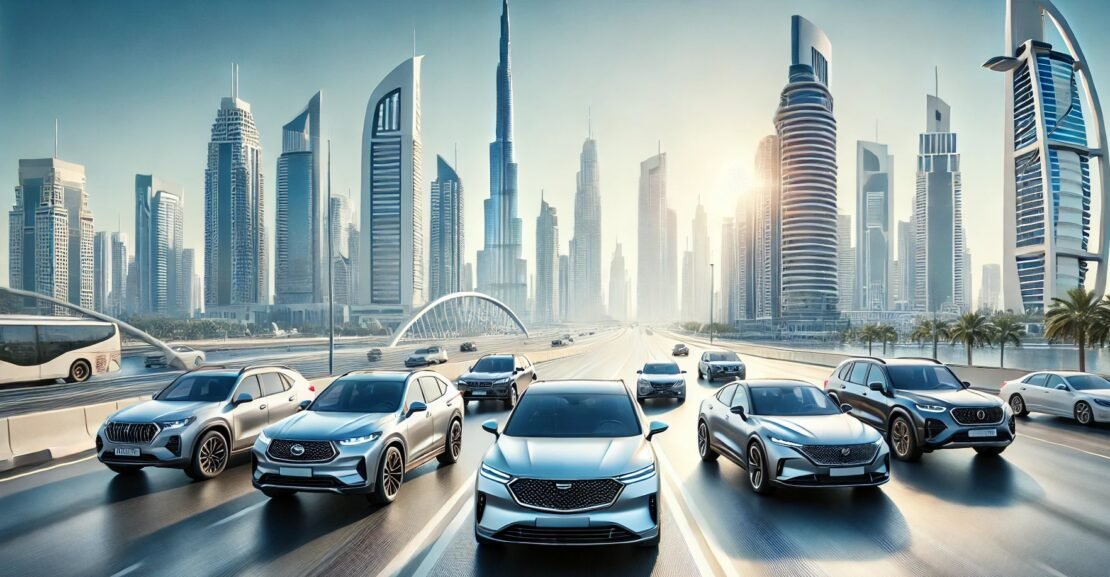While no major Chinese-branded vehicles are currently sold directly through mainstream dealerships in the United States, several Chinese-owned or Chinese-developed cars are available in the U.S. market under different brands or through niche channels. Due to regulatory, trade, and consumer perception challenges, Chinese automakers like BYD, Geely, and NIO have not launched official sales in the U.S., but their vehicles are making an impact indirectly. Here are the top 5 best Chinese-developed or Chinese-owned cars accessible in the USA, either through joint ventures, parent companies, or alternative routes.
1. Volvo XC40 Recharge – Swedish Design, Chinese Backing
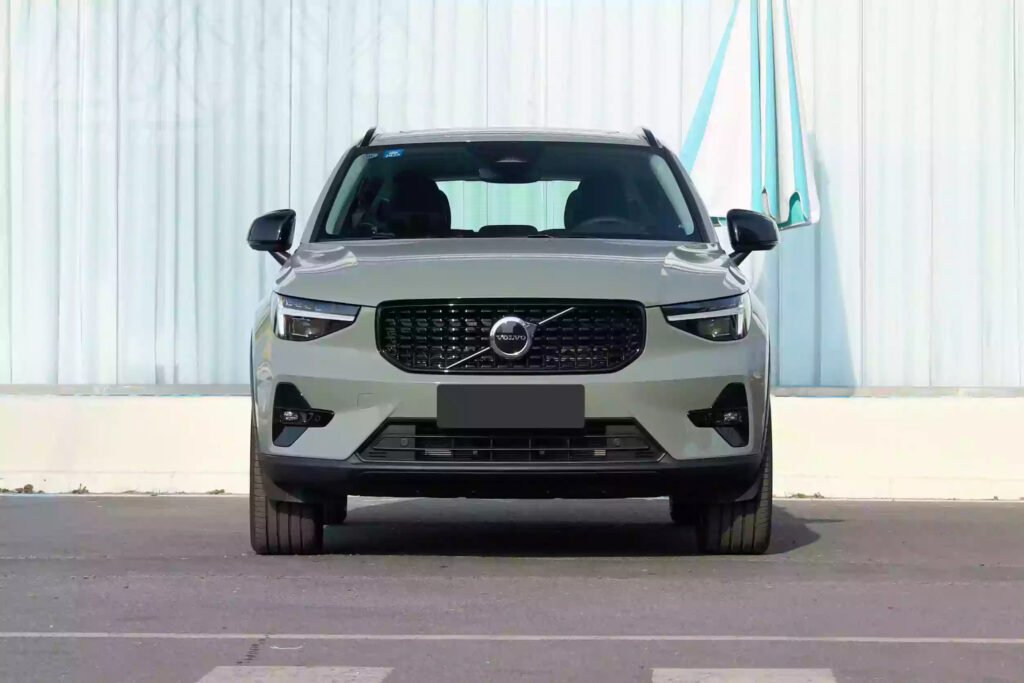
Although Volvo is a Swedish brand, it is fully owned by China’s Geely Holding. The XC40 Recharge is a fully electric compact SUV developed with Geely’s EV technology, offering 223 miles of range (EPA), dual-motor AWD, and a minimalist interior with Google-built infotainment. It’s one of the most accessible ways for U.S. drivers to experience Chinese-backed innovation.
2. Polestar 2 – Born from Geely and Volvo, Built for America
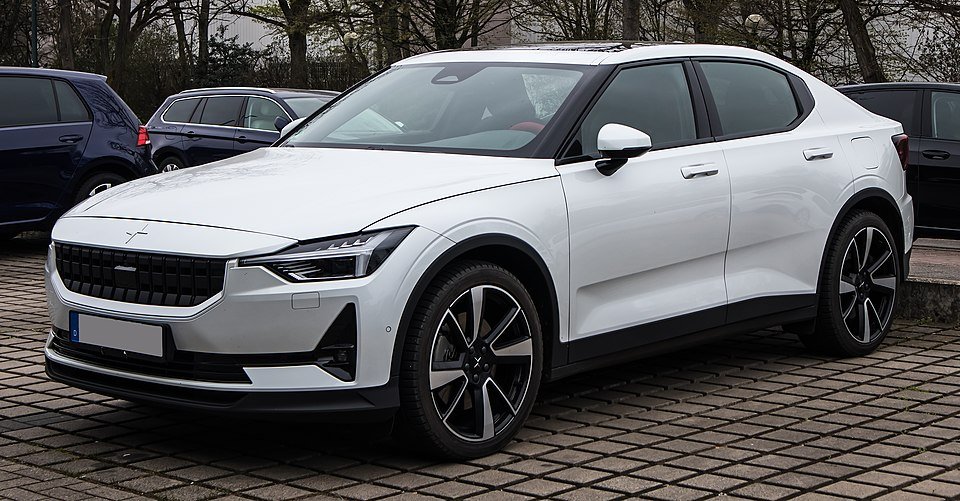
Polestar, a performance electric brand co-owned by Geely and Volvo, was designed in Sweden but engineered with significant Chinese R&D and manufacturing input. The Polestar 2 offers up to 270 miles of range (EPA), 421 hp in dual-motor form, and advanced pilot assist tech. Available nationwide in the U.S., it’s a direct competitor to the Tesla Model 3 and a showcase of Chinese-backed engineering excellence.
3. Lincoln Star – Future EV with Geely Influence
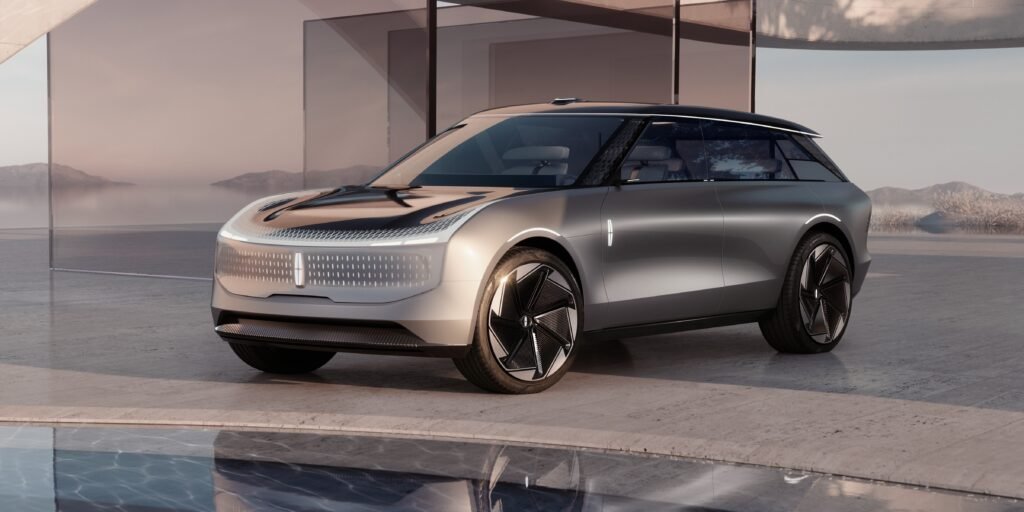
While not yet on the road, the Lincoln Star concept signals a new era for Lincoln—Ford’s luxury brand—developed with technical collaboration and EV platform insights from Geely. Expected to launch in 2025, this electric SUV will reflect a blend of American luxury and Chinese EV innovation, marking a potential turning point for Chinese influence in U.S. premium motoring.
4. Smart #1– Joint Venture by Geely and Mercedes
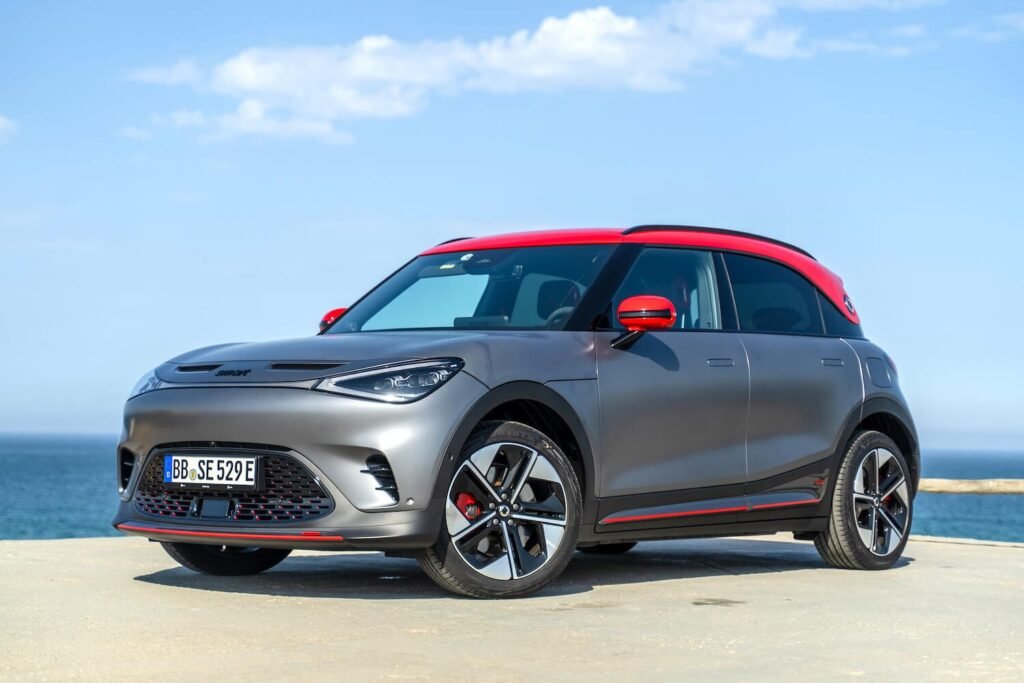
The Smart #1 is developed by Smart Automobile, a 50/50 joint venture between Mercedes-Benz and Geely. Built on Geely’s Sustainable Experience Architecture (SEA), this compact electric SUV offers 235 miles of range (EPA), a luxurious cabin, and Level 2 autonomy. While currently sold in Europe and Asia, it’s expected to launch in the U.S. by 2025, bringing Chinese EV tech to American shores.
5. Leapmotor C10 – Future Export Model with U.S. Potential

Leapmotor, a rising Chinese EV brand backed by Stellantis (which owns 20%), is preparing for global expansion. The C10, a sleek electric sedan with up to 580 km (360 miles) range and advanced driver assistance, is expected to enter select markets in 2024–2025. With Stellantis’ global network, a U.S. launch could follow, making it one of the first pure Chinese EVs with a real chance of entering America.
Frequently Asked Questions (FAQs)
Q1: Why aren’t Chinese-branded cars sold in the U.S.?
A: Trade restrictions, regulatory scrutiny, concerns over data security, and brand perception have delayed direct Chinese auto sales. Additionally, U.S. tariffs on Chinese-made vehicles make pricing difficult.
Q2: Are Chinese-owned cars like Polestar and Volvo safe and reliable?
A: Yes. Vehicles like the Polestar 2 and Volvo XC40 Recharge meet all U.S. safety standards (NHTSA, IIHS) and are built with global quality control. They come with full warranties and nationwide service networks.
Q3: Will Chinese EVs like BYD or NIO ever come to the U.S.?
A: Unlikely in the near term due to political and trade tensions. However, Chinese-developed models under Western brands (like Polestar, Smart, or future Lincoln EVs) will continue to bring Chinese innovation to American drivers.
Conclusion
While no Chinese-branded cars are officially sold in the U.S. today, the influence of Chinese automotive technology is growing through brands like Polestar, Volvo, and Smart. Backed by Chinese companies such as Geely and Leapmotor, these vehicles deliver cutting-edge EV performance, smart features, and premium design. For American drivers, the best Chinese cars are already here—just wearing different badges.

